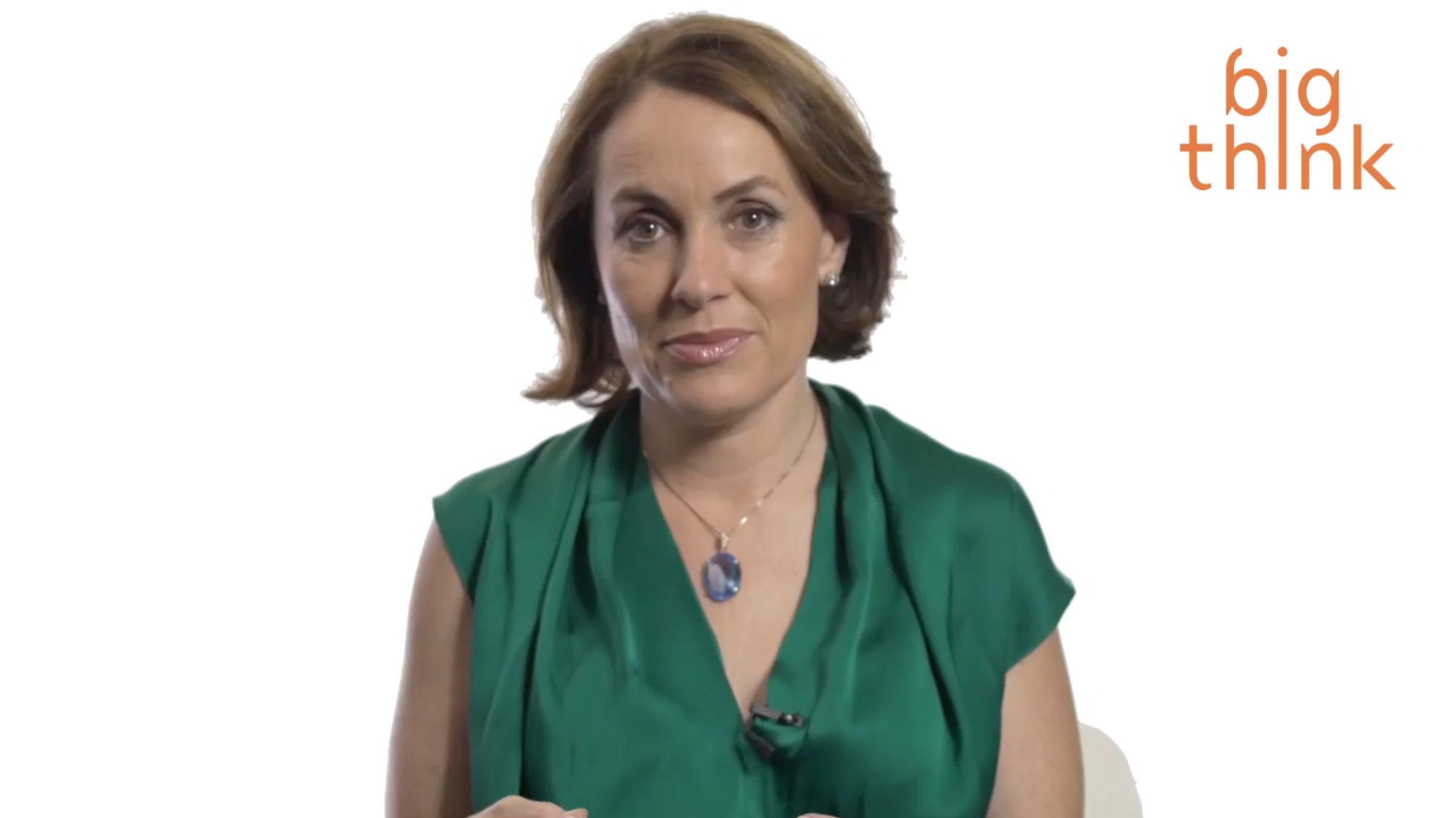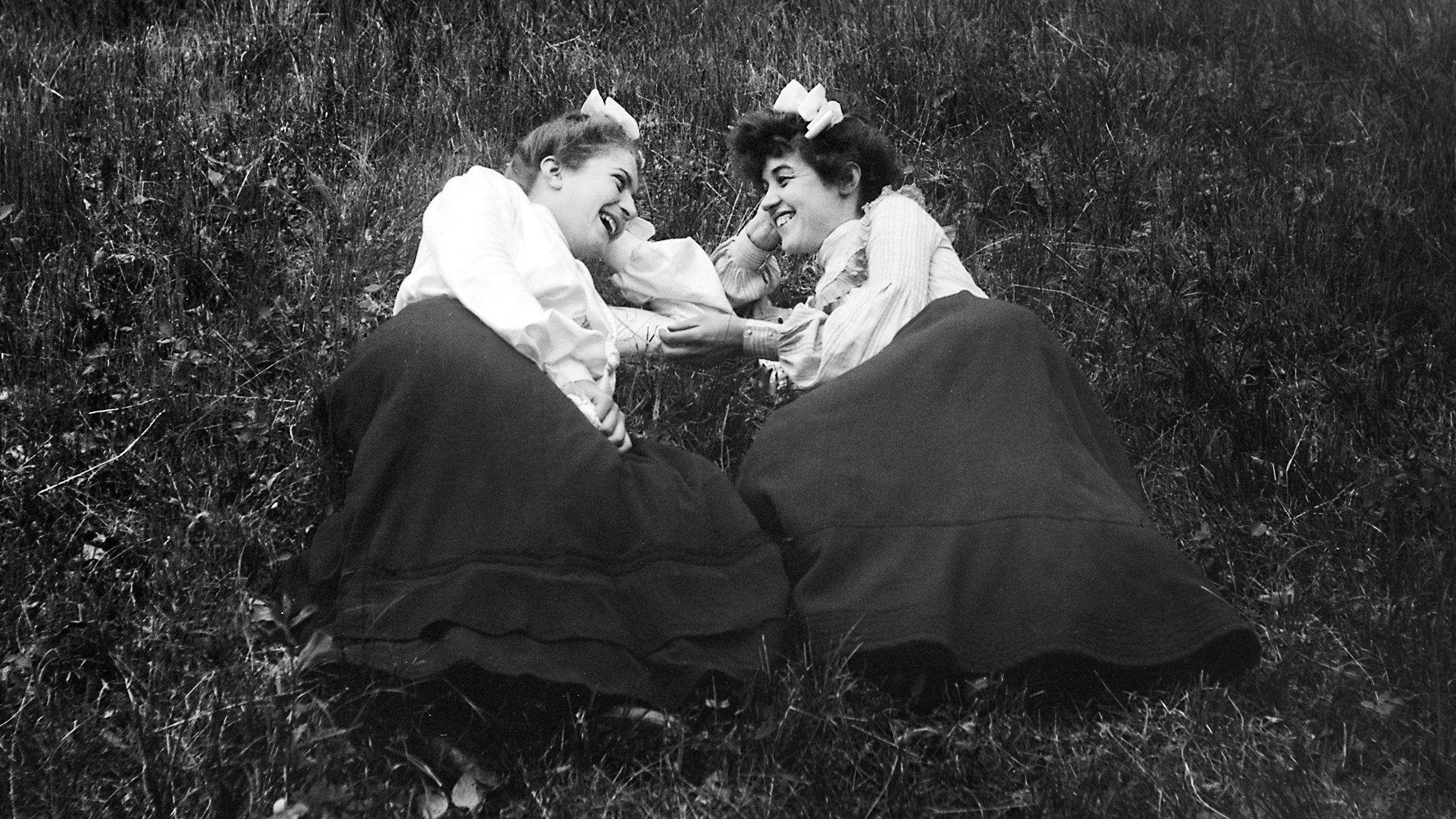Some days it can feel like we’re living inside an overly sincere Hallmark card. The dominant messaging in western societies is: Be happy. Don’t worry. It will be alright. Just reach for happiness. Take your destiny into your own hands. The people close to you, to whom you can tell your worries, they smile and a speech bubble floats from their mouth saying: ‘Think positive!’ Somewhere, a Disney bird is chirping.
Harvard psychologist Susan David doesn’t trust this messaging, and worries how it is shaping us and our children. She first experienced the detriment of forced positivity when she was 16 years old and her father was diagnosed with cancer. Friends and relatives came to console the family, and the large-scale sentiment was that if the family just believed, he would be okay. In hindsight, David sees how damaging this was as it impacted on her family’s ability to be present, to spend authentic time together and embrace reality, as they were distracted by their hope for a cure on the horizon instead.
David experienced it a second tragic time through a friend of hers who was recently diagnosed with and died of stage-four breast cancer. This friend described her own experience of suffering with cancer as amplified by what she called ‘the tyranny of positivity’. This woman had been to support group meetings, and she knew first-hand that positive thinking did not save the women who did not return to group each week.
Happiness has become an expectation, but David notes that we can’t forget that there is no one state of being that a person is entitled to, as she puts it: life’s beauty is inseparable from its fragility. Humans must develop the skills and capacity to deal with difficult times, not sweep it aside as a glitch in the smooth delivery of constant happiness. Sadness, heartbreak, and grief aren’t signs of weakness, and pretending these “uglier” emotions don’t exist only hinders our authentic existence and experience of life. It lowers our resilience to future difficulties as well.
Happiness is not the goal, she says. If you build your life around things that you intrinsically value, happiness will be a beautiful byproduct of that focus.
Susan David’s most recent book is Emotional Agility: Get Unstuck, Embrace Change, and Thrive in Work and Life. Bonus pack is available here.
Susan David: I do have concerns about the over arching societal messaging that we are hearing, which is that we should focus on being happier; that we should choose to be happy and that we should think positive. Now just to be clear I am not anti-happiness. I, in a past life, wrote and 80 chapter give or take doorstopper book called The Oxford Handbook of Happiness, which really explored how it is that human beings can develop higher levels of happiness. But what I am concerned about in the current discourse is that I think what it is actually paradoxically doing is setting people up for greater levels of unhappiness. Let me explain why.
A friend of mine was recently diagnosed with and died of stage-4 breast cancer and she described her experience of suffering and loss as being exacerbated by what she termed "the tyranny of positivity." That she had so many people coming to her and saying just be positive; just think positive; everything will be fine. And what she said is those messages that a real impact on her ability to be authentically and in a real way with her experience. She also said that it made her fairly angry, that if it was just a case of thinking positive and being positive that all of the individuals in her breast cancer support group would be alive today. They were the most positive people that she had met, but they were not alive and that somehow the messaging that our wellness is 100 percent in our control simply by thinking positive can often lead to people who are suffering from illnesses like cancer to feel that they are somehow to blame for their own illness or for their coming death because they weren't positive enough.
I very much experienced this in my own life when I was growing up. My father was diagnosed with cancer when I was 16 years old and what I noticed on a really large scale interaction when it came to peers and adults was people both saying to my father that he just needed to believe that he would survive and to us as a family that we just needed to be positive. And I truly believe that this impacted on our ability to actually connect with and in a real way be with each other during our precious time. Because rather than being able to be present and make space for the reality, we were pegging our hopes on some future cure.
Difficult experiences are a part of life. They are part of life's contract with the world. They're part of our contract with the world simply by virtue of being here. Life's beauty is inseparable from its fragility. You are healthy until you are not. You are with the people that you love until you are not. You have a job that you love until for some reason that job no longer works out. It is really important that as human beings we develop our capacity to deal with our thoughts and emotions in a way that isn't a struggle, in a way that embraces them and is with them and is able to learn from them. What I worry about when there is this message of be happy is that people then automatically assume that when they have a difficult thought or feeling that they should push it aside, that it's somehow a sign of weakness. And what that does is it actually stops people from being authentic with themselves. It hinders our ability to learn from our experience. And I believe that it is stopping us as a society, including our children, from developing higher levels of well being and resilience.
A better way to focus on happiness is for us not to be focused on the goal of happiness per se, but rather what it is that we value, what it is that is important to us intrinsically and how every day we can make moves towards that thing without the over arching expectation being that we will somehow be happier. What happens when we focus intrinsically on what is important to us, happiness becomes an outstanding byproduct of that focus.






